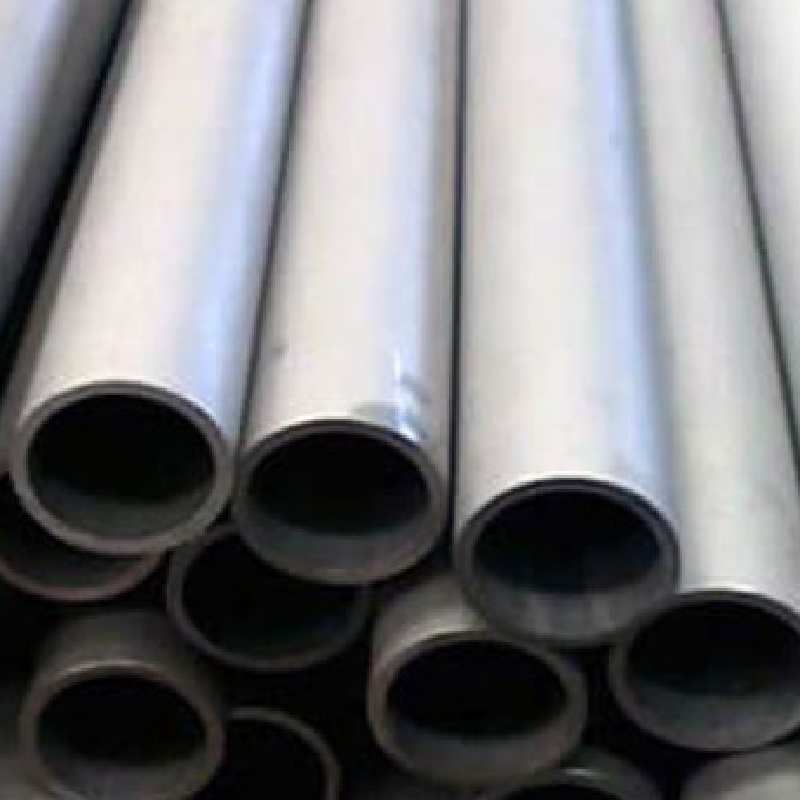-
Cangzhou Yulong Steel Co., Ltd.
-
Phone:
+86 13303177267 -
Email:
admin@ylsteelfittings.com
- English
- Arabic
- Italian
- Spanish
- Portuguese
- German
- kazakh
- Persian
- Greek
- French
- Russian
- Polish
- Thai
- Indonesian
- Vietnamese
- Zulu
- Korean
- Uzbek
- Hindi
- Serbian
- Malay
- Ukrainian
- Gujarati
- Haitian Creole
- hausa
- hawaiian
- Hebrew
- Miao
- Hungarian
- Icelandic
- igbo
- irish
- Japanese
- Javanese
- Kannada
- Khmer
- Rwandese
- Afrikaans
- Albanian
- Amharic
- Armenian
- Azerbaijani
- Basque
- Belarusian
- Bengali
- Bosnian
- Bulgarian
- Catalan
- Cebuano
- China
- China (Taiwan)
- Corsican
- Croatian
- Czech
- Danish
- Esperanto
- Estonian
- Finnish
- Frisian
- Galician
- Georgian
- Kurdish
- Kyrgyz
- Lao
- Latin
- Latvian
- Lithuanian
- Luxembourgish
- Macedonian
- Malgashi
- Malayalam
- Maltese
- Maori
- Marathi
- Mongolian
- Myanmar
- Nepali
- Norwegian
- Norwegian
- Occitan
- Pashto
- Dutch
- Punjabi
- Romanian
- Samoan
- Scottish Gaelic
- Sesotho
- Shona
- Sindhi
- Sinhala
- Slovak
- Slovenian
- Somali
- Sundanese
- Swahili
- Swedish
- Tagalog
- Tajik
- Tamil
- Tatar
- Telugu
- Turkish
- Turkmen
- Urdu
- Uighur
- Welsh
- Bantu
- Yiddish
- Yoruba

Nov . 17, 2024 20:38 Back to list
bending galvanised conduit
Understanding Bending Galvanised Conduit Techniques, Applications, and Benefits
Introduction
Bending galvanised conduit is a crucial skill in the electrical installation industry. Galvanised conduit serves as a protective pathway for electrical wiring, shielding it from physical damage, moisture, and corrosion. Proper bending techniques ensure that the conduit maintains its integrity while optimizing space and aesthetics in electrical installations. This article delves into the processes, tools, applications, and benefits of bending galvanised conduit in electrical projects.
What is Galvanised Conduit?
Galvanised conduit refers to metal tubes coated with a layer of zinc to prevent rusting and corrosion. This type of conduit comes primarily in two forms rigid and EMT (Electrical Metallic Tubing). Rigid conduit is typically heavier and provides greater protection, while EMT, being lighter, is easier to handle and install. Both types are extensively used in various environments, including commercial, industrial, and residential settings.
Bending Techniques
Bending galvanised conduit can be achieved through different methods, depending on the application and the conduit’s diameter. The most common techniques include
1. Manual Bending - Hand Bender This tool allows for precise angles and smooth bends. For smaller diameter conduits, manual benders offer great control. Users must ensure they apply consistent pressure and make gradual bends to avoid kinks. - Lever Bender For larger diameter conduits, a lever bender is often more practical. This tool uses a mechanical advantage to bend tough metal, minimizing exertion while maximizing precision.
2. Mechanical Bending - Hydraulic Bender In industrial applications or when numerous conduits need bending, hydraulic benders are preferred. They use hydraulic force to bend metal effortlessly and can handle larger diameters with ease.
3. Heat Bending - Although not commonly done with galvanised conduit due to the risk of damaging the protective zinc coating, some electricians may experiment with heat-bending for specific applications. Caution is advised to prevent overheating the conduit.
Proper Bend Measurement
bending galvanised conduit

To achieve correct angles and dimensions, it is essential to accurately measure and mark the conduit before bending. Using a measuring tape and marker, electricians should mark where the bend will occur. The “3-4-5 rule” (or the Pythagorean theorem) can be helpful for layout and ensuring the bends are at right angles.
Applications of Bending Galvanised Conduit
The applications of bent galvanised conduit are extensive
- Electrical Installations It provides a sturdy pathway for electrical wiring, especially in basements, warehouses, and outdoor settings where exposure to elements is a concern. - Safety and Compliance Bent conduits help comply with National Electrical Code (NEC) guidelines, providing necessary safeguards against electrical hazards. - Aesthetic Appeal In residential applications, well-bent conduits can enhance the visual appeal of wiring systems, presenting a neater and more organized look.
Benefits of Using Bending Techniques for Galvanised Conduit
Utilizing effective bending techniques for galvanised conduit offers several benefits
1. Increased Durability Properly bent conduits are less prone to damage, extending their lifespan and reducing maintenance costs. 2. Cost-Efficiency Bending allows for efficient use of materials, which can reduce overall project costs. Fewer connectors and fittings are required when conduit is bent into the necessary shapes.
3. Flexibility in Design Skilled electricians can create custom pathways that fit unique building layouts, making installations more versatile.
4. Reduced Installation Time Mastering bending techniques enables faster installations, as pre-fabricated bends can often save time compared to assembling many separate parts.
Conclusion
Bending galvanised conduit is an integral part of electrical installations, combining practicality with the need for safety. By understanding the techniques, tools, and applications associated with bending conduit, electricians can ensure that their projects are not only efficient but also effective. Through proper training and practice, bending galvanised conduit can become a valuable skill, enhancing the overall quality of electrical work and installations.
Latest news
-
ANSI 150P SS304 SO FLANGE
NewsFeb.14,2025
-
ASTM A333GR6 STEEL PIPE
NewsJan.20,2025
-
ANSI B16.5 WELDING NECK FLANGE
NewsJan.15,2026
-
ANSI B16.5 SLIP-ON FLANGE
NewsApr.19,2024
-
SABS 1123 FLANGE
NewsJan.15,2025
-
DIN86044 PLATE FLANGE
NewsApr.19,2024
-
DIN2527 BLIND FLANGE
NewsApr.12,2024
-
JIS B2311 Butt-Welding Fittings LR/SR 45°/90° /180°Seamless/Weld
NewsApr.23,2024











